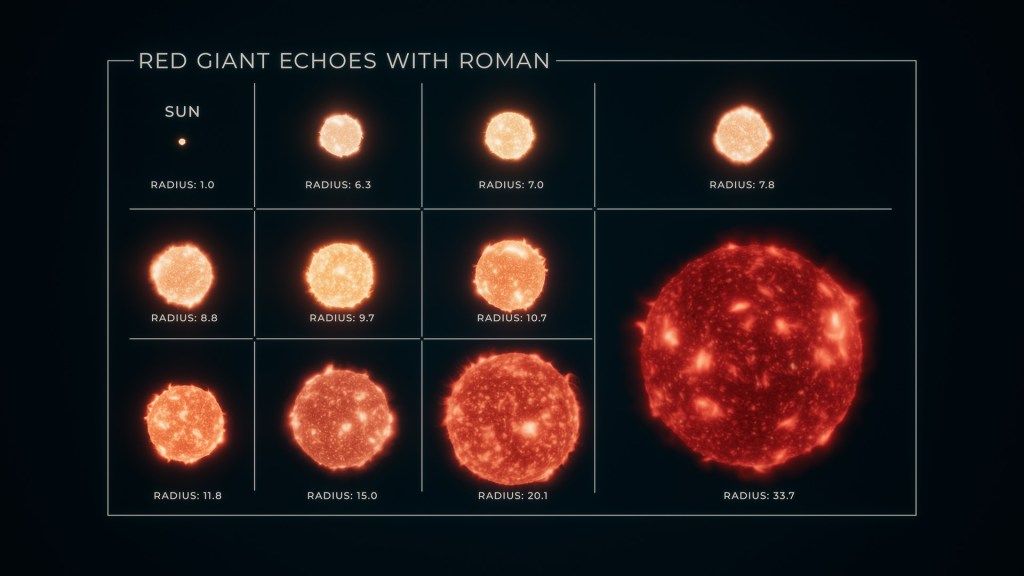

This article is from the 2022 NESC Technical Update.
Phase II: Wire and Wire-Bundle Ampacity Testing and Analysis
Design of wiring for aerospace vehicles relies on an understanding of current carrying capacity (i.e., ampacity) of individual wires or wires in bundles. Limiting current flow in wires is required to prevent exceedance of wire temperature limits due to resistive heat dissipation. Exceeding the wire temperature rating can result in electrical, physical, and/or chemical degradation of the wiring insulation and conductor, which could lead to a catastrophic failure.
Under current practice, designers rely on standards to derate allowable current flow. But these standards are based on empirical data that are no longer available for review and can add or underestimate the margin. A model-based solution is therefore desired.
In 2018, the NESC completed a successful pathfinder study to determine the feasibility of using physics-based wire and wire-bundle thermal models as a potential replacement to the standards. A physics-based model might offer more predictive capability using variables such as bundle size; environment temperature and pressure; and wire conductor alloy, plating, insulation jacket weight, and type.
A follow-on study began in 2021 and aims to extend the testing, model development, and correlation with the goal of developing a tool to aid designers in wire selection and sizing.
Using Design of Experiments (DOE) techniques, an efficient wire and wire-bundle test matrix has been developed. Key wire properties for test articles such as resistance per unit length and wire jacket infrared transmissivity have been measured. Wires and wire bundles are undergoing testing at the Jet Propulsion Laboratory in a custom vacuum chamber with a temperature-controlled shroud.
Test articles are subjected to a variety of pressures ranging from high vacuum to one atmosphere and temperatures ranging from -50°C to +70°C. Temperature data obtained during testing are being used to correlate physics-based thermal models for both single wires and wire bundles. The ultimate goal is to use these correlated models to develop regression equations for use within a tool to aid designers in wire sizing. This work is being performed by JPL, MSFC, GSFC, JSC, KSC, and LaRC.





























